Blogs & News
We are focus on automotive wiring harness & connectors technology.
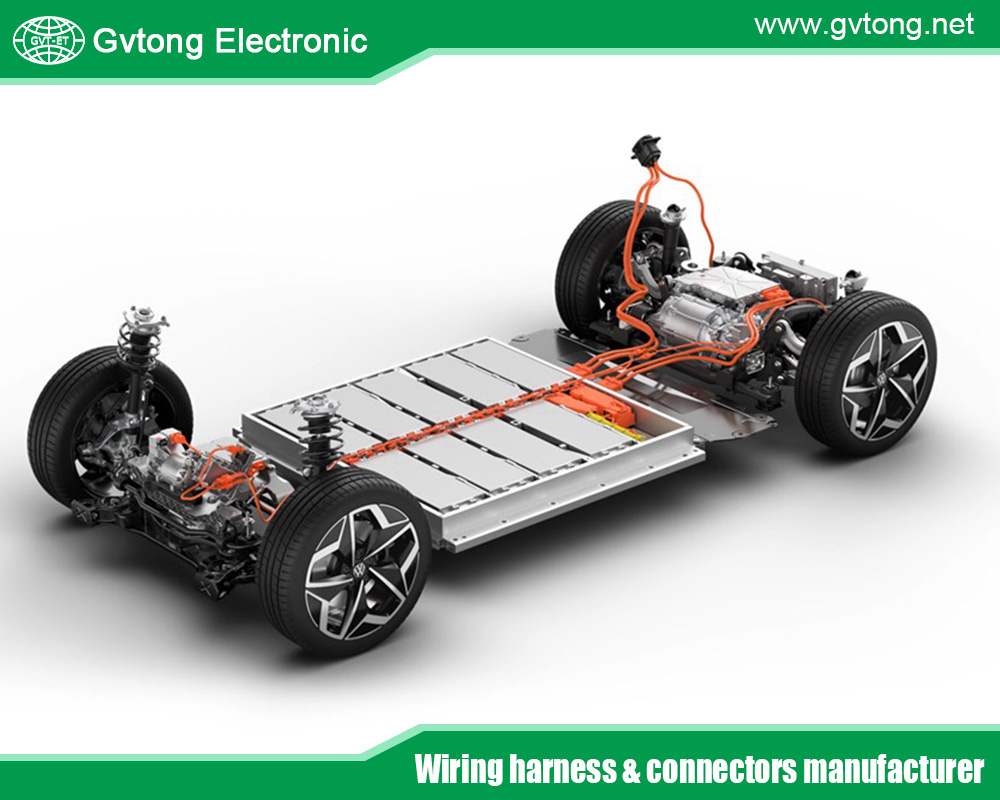
Key Points for Selecting Photovoltaic Solar Battery Connectors with the Best Adaptability in Energy Storage Systems
- Gvtong Electronic
- ADAS sensor connectors, Anti-vibration automotive connectors, automotive data connector, automotive electrical connector, automotive High voltage connector, automotive Low voltage connector, automotive Oil-resistant Connectors, Automotive shielded connectors, automotive Signal Connector, automotive waterproof connectors, Battery management system (BMS) connectors, best photovoltaic solar battery connectors, best photovoltaic solar battery connectors factory, best photovoltaic solar battery connectors manufacturer, Blind-mate automotive connectors, EV charging connectors, Fuel cell connectors, High-speed data connectors, High-temperature resistant connectors, In-cabin infotainment connectors, Lightweight automotive connectors, Low-contact resistance connectors, Modular automotive connectors, OEM-specific connectors, Oil-resistant automotive connectors, photovoltaic solar battery connectors, Photovoltaic Solar Battery Connectors Manufacturer, Pre-charge/discharge connectors, Quick-fit automotive connectors, V2X communication connectors
- No Comments
Key Points for Selecting Photovoltaic Solar Battery Connectors with the Best Adaptability in Energy Storage Systems
The rapid growth of renewable energy, particularly solar photovoltaic (PV) systems, has amplified the importance of energy storage systems (ESS) to ensure consistent power supply. At the heart of these systems lies a critical component: the battery connector. These connectors serve as the vital link between solar panels, inverters, and battery storage units, enabling efficient energy transfer. Selecting the right PV solar battery connectors with optimal adaptability is crucial for maximizing system performance, safety, and longevity. Poorly chosen connectors can lead to energy losses, safety hazards, or compatibility issues, undermining the efficiency of the entire ESS. This article explores the key points to consider when selecting PV solar battery connectors, including electrical performance, environmental resilience, compatibility, and future-proofing. By understanding these factors, stakeholders can make informed decisions to ensure their energy storage systems operate reliably and efficiently in diverse applications.
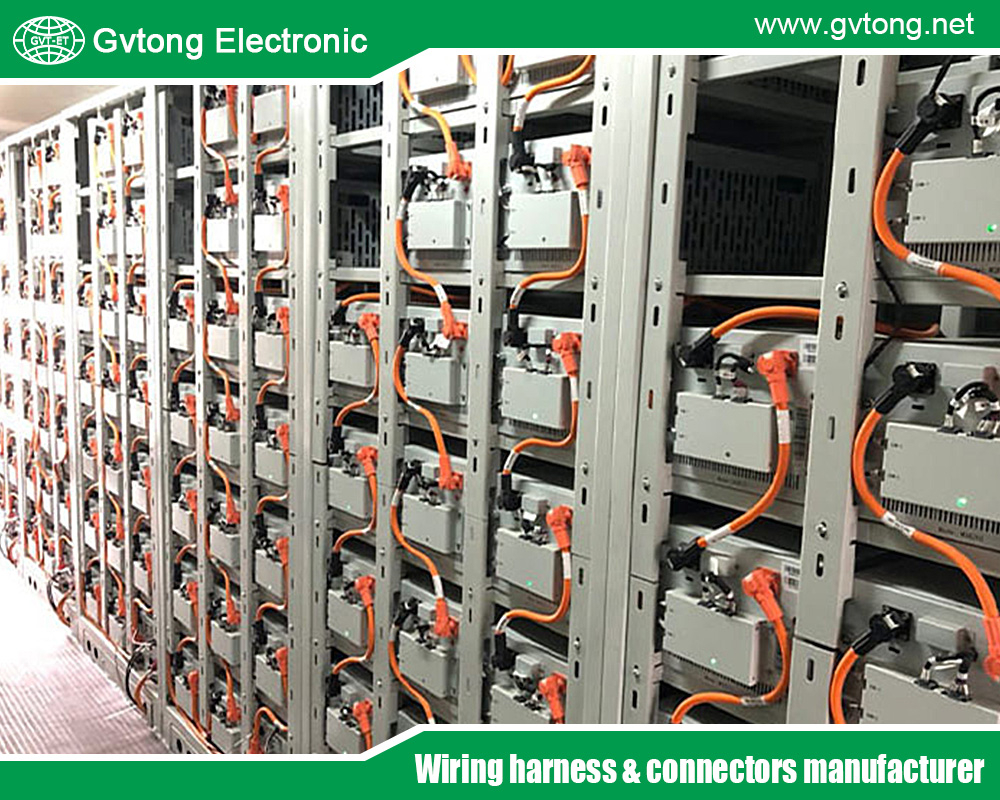
Understanding the Role of PV Solar Battery Connectors in ESS
Photovoltaic solar battery connectors are specialized components designed to facilitate the transfer of electrical energy between solar panels, inverters, and battery storage units. In ESS, connectors ensure seamless energy flow, enabling the storage of excess solar energy during peak production and its release during low generation periods. The adaptability of these connectors is critical, as they must withstand varying electrical loads, environmental conditions, and system configurations.
Connectors in ESS differ from standard electrical connectors due to their need to handle high DC voltages, significant current loads, and frequent charge-discharge cycles. They must also maintain low resistance to minimize energy losses and ensure safety under continuous operation. The adaptability of a connector is defined by its ability to perform reliably across diverse applications, from residential rooftop systems to large-scale industrial installations. Key considerations include electrical specifications, material durability, and compatibility with evolving battery technologies. By prioritizing adaptability, stakeholders can select connectors that enhance system efficiency, reduce maintenance costs, and support long-term scalability in energy storage solutions.
Electrical Performance Requirements
The electrical performance of PV solar battery connectors is a primary factor in their adaptability. Key electrical specifications include:
Current and Voltage Ratings: Connectors must support the maximum current and voltage of the ESS. For instance, residential systems may require connectors rated for 10–30A and 600–1000V DC, while commercial systems may demand higher ratings (e.g., 50A or more). Selecting connectors with adequate ratings prevents overheating and ensures efficient energy transfer.
Low Contact Resistance: High-quality connectors minimize contact resistance to reduce energy losses. Resistance values below 0.5 mΩ are ideal for maintaining efficiency in high-current applications. Poor contact resistance can lead to heat buildup, reducing system lifespan.
Cycle Durability: ESS involves frequent charge-discharge cycles, requiring connectors to withstand thousands of mating cycles without degradation. Connectors with robust contact mechanisms, such as spring-loaded or multi-point contacts, offer greater durability.
Polarity and Safety Features: Connectors must have clear polarity markings to prevent reverse polarity connections, which can damage batteries or inverters. Built-in locking mechanisms enhance safety by ensuring secure connections during operation.
To ensure adaptability, select connectors certified to standards like IEC 62852 or UL 6703, which verify their electrical performance under demanding conditions. Additionally, consider connectors with modular designs that allow for easy upgrades as system requirements evolve, ensuring long-term compatibility with emerging battery technologies.
Environmental Resilience and Durability
PV solar battery connectors in ESS are often exposed to harsh environmental conditions, making durability a critical factor for adaptability. Key considerations include:
Weather Resistance: Connectors must withstand extreme temperatures (typically -40°C to 85°C), UV radiation, and moisture. IP67 or IP68 ratings ensure protection against dust and water ingress, making connectors suitable for outdoor installations.
Material Quality: High-quality materials, such as UV-resistant thermoplastics for housing and corrosion-resistant copper or silver-plated contacts, enhance durability. For coastal or industrial environments, connectors with anti-corrosion coatings (e.g., tin or nickel) are essential to prevent degradation.
Mechanical Strength: Connectors must endure vibrations, mechanical shocks, and frequent handling during installation or maintenance. Robust locking mechanisms and strain relief features prevent accidental disconnections and cable damage.
Thermal Management: ESS connectors must dissipate heat effectively to avoid performance degradation. Connectors with larger contact surface areas or integrated cooling features are better suited for high-power applications.
For maximum adaptability, choose connectors tested for environmental resilience under standards like IEC 60529 (for IP ratings) or ASTM G154 (for UV resistance). Additionally, consider connectors with modular or field-serviceable designs, allowing for easy replacement or upgrades without compromising system integrity. This ensures reliability in diverse climates and installation scenarios, from rooftop solar arrays to remote off-grid systems.
Compatibility with Battery and System Components
Adaptability hinges on the connector’s compatibility with various ESS components, including batteries, inverters, and charge controllers. Key factors include:
Connector Type Standardization: Widely used connector types, such as MC4 or Amphenol H4, ensure compatibility with a broad range of PV systems and batteries. Standardized connectors reduce the risk of mismatches and simplify procurement.
Battery Chemistry Considerations: Different battery chemistries (e.g., lithium-ion, lead-acid, or flow batteries) have unique voltage and current profiles. Connectors must be compatible with the specific electrical characteristics of the battery type used in the ESS.
System Scalability: Modular ESS designs require connectors that support easy expansion. Connectors with stackable or parallel connection capabilities allow for seamless integration of additional battery modules without extensive rewiring.
Interoperability with Inverters: Inverters in PV systems often have specific connector requirements. Ensuring that battery connectors are compatible with inverter input ports prevents the need for adapters, which can introduce inefficiencies or failure points.
To enhance adaptability, select connectors from manufacturers that offer cross-compatible product lines or provide adapters for legacy systems. Additionally, verify that connectors support emerging technologies, such as high-voltage lithium-ion batteries or next-generation solid-state batteries, to future-proof the ESS.
Ease of Installation and Maintenance
The adaptability of PV solar battery connectors is also determined by their ease of installation and maintenance, which directly impacts system downtime and operational costs. Key considerations include:
Tool-Free Installation: Connectors with push-lock or snap-in designs simplify installation, reducing labor costs and time. Tool-free connectors are particularly advantageous for large-scale installations or remote sites with limited access to specialized tools.
Field-Serviceability: Connectors that allow for easy disconnection and reconnection facilitate maintenance and upgrades. Crimp-style or modular connectors enable quick replacements without soldering or complex rewiring.
Clear Labeling and Design: Connectors with intuitive designs, such as color-coded or keyed interfaces, reduce installation errors. Clear labeling also aids technicians during troubleshooting or system expansions.
Accessibility: In compact ESS designs, connectors must be accessible in tight spaces. Low-profile or right-angle connectors are ideal for installations with spatial constraints.
Choosing connectors with these features ensures adaptability across various installation scenarios, from residential setups to complex industrial systems. Additionally, connectors with diagnostic capabilities, such as integrated sensors for monitoring connection integrity, can further enhance maintenance efficiency.
Safety and Regulatory Compliance
Safety is paramount in ESS, where high voltages and currents pose risks of electrical faults or fires. Adaptable connectors must meet stringent safety and regulatory standards:
Fire and Arc Resistance: Connectors should be made from flame-retardant materials (e.g., UL94 V-0 rated) to minimize fire risks. Arc-resistant designs prevent dangerous electrical arcs during connection or disconnection.
Overcurrent Protection: Some advanced connectors integrate fuses or circuit breakers to protect against overcurrent conditions, enhancing system safety.
Regulatory Certifications: Compliance with standards like UL 6703, IEC 62852, or RoHS ensures connectors meet global safety and environmental requirements. These certifications are critical for installations in regulated markets.
Locking Mechanisms: Secure locking systems prevent accidental disconnections, which could lead to system failures or safety hazards.
Adaptable connectors balance safety with versatility, ensuring compliance across different regions and applications. Always verify certifications and consult with manufacturers to ensure connectors meet local regulatory requirements.
Future-Proofing and Technological Adaptability
As ESS technology evolves, connectors must be adaptable to future innovations. Key considerations for future-proofing include:
Support for Higher Power Ratings: Emerging battery technologies, such as solid-state or high-capacity lithium-ion batteries, require connectors that can handle increased voltages and currents (e.g., up to 1500V DC or 100A).
Smart Features: Connectors with integrated sensors or communication modules can monitor performance metrics like temperature, voltage, or connection status, enabling predictive maintenance and integration with smart grids.
Modularity: Modular connectors allow for easy upgrades or replacements as system requirements change. This is particularly important for ESS designs that may scale over time.
Backward Compatibility: Connectors that work with both legacy and modern systems ensure adaptability during system upgrades or retrofits.
To future-proof selections, prioritize connectors from manufacturers with a track record of innovation and compatibility with emerging standards. Engaging with suppliers who offer customizable or upgradable connector solutions can also mitigate obsolescence risks.
Cost-Effectiveness and Lifecycle Value
While adaptability is critical, cost-effectiveness remains a key consideration. High-quality connectors may have a higher upfront cost but offer significant lifecycle savings through:
Reduced Maintenance Costs: Durable, low-maintenance connectors minimize downtime and repair expenses.
Energy Efficiency: Low-resistance connectors reduce energy losses, improving overall system efficiency and lowering operational costs.
Longevity: Connectors with high cycle durability and environmental resilience extend system lifespan, reducing replacement frequency.
When evaluating costs, consider the total cost of ownership (TCO) rather than just initial purchase price. Connectors from reputable manufacturers, such as Staubli, TE Connectivity, or Amphenol, often provide better long-term value due to their reliability and adaptability.
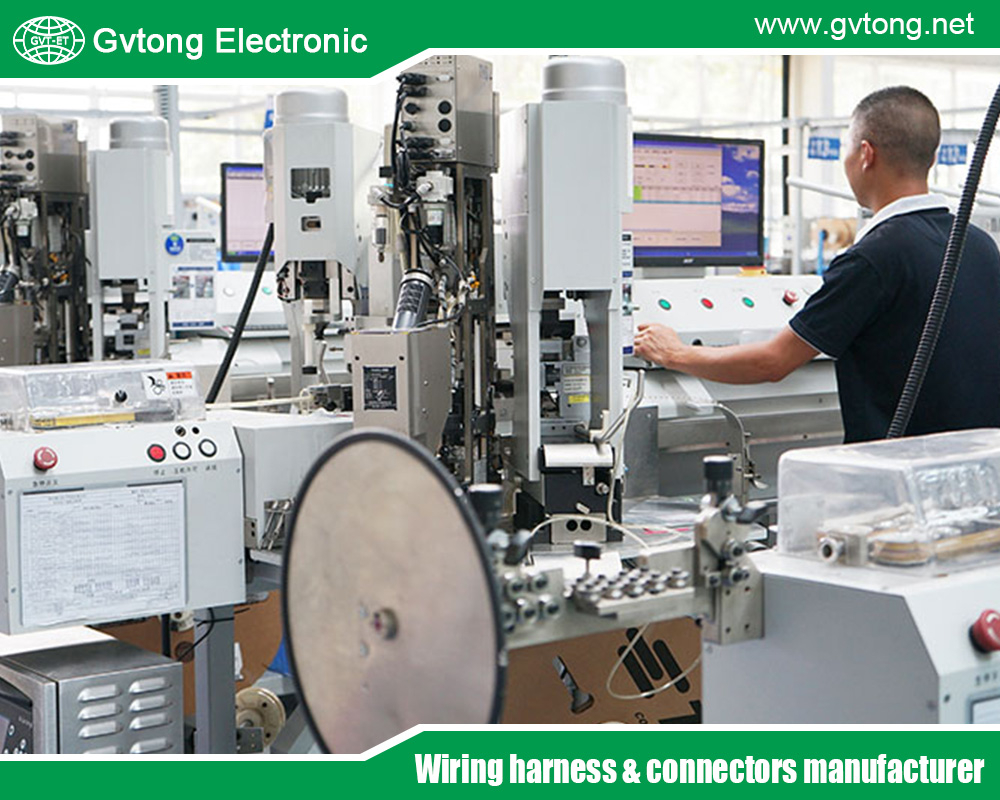
Conclusion
Selecting PV solar battery connectors with optimal adaptability for energy storage systems requires a holistic evaluation of electrical performance, environmental resilience, compatibility, ease of installation, safety, and future-proofing. By prioritizing connectors that meet high electrical standards, withstand harsh conditions, and integrate seamlessly with diverse system components, stakeholders can ensure efficient and reliable ESS operation. Additionally, choosing connectors with modular designs, smart features, and compliance with global standards enhances adaptability to evolving technologies and regulatory requirements. While cost is a factor, focusing on lifecycle value ensures long-term savings and performance. By carefully considering these key points, installers, engineers, and system designers can select connectors that not only meet current needs but also support the scalability and sustainability of energy storage systems in the rapidly advancing renewable energy landscape.
For more about the best key points for selecting photovoltaic solar battery connectors with the best adaptability in energy storage systems, you can pay a visit to Gvtong at https://www.gvtong.net/ for more info.
Recent Posts
The Best GR Series-Circular Connectors Manufacturer
The Best GD Series Combined Power Connector Manufacturer
A Guide to Selecting the Best GH Series Plastic Connector Manufacturer
How High Pressure Connectors Work?
The Best Automotive Connector Companies
Tags
Recommended Products
-
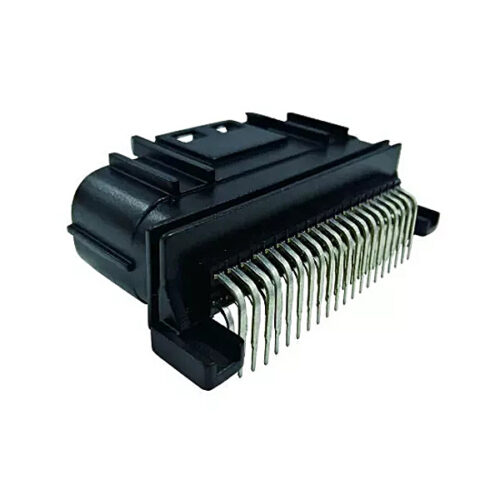
GE double row 40pin signal connector socket
-
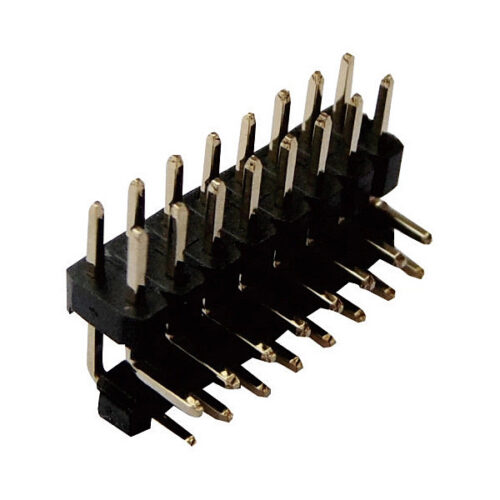
Pin header and female header
-

Single core 10MM
-
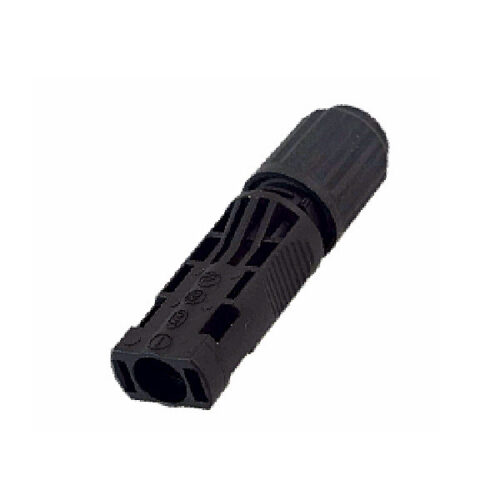
Photovoltaic connector – Wire end socket
-
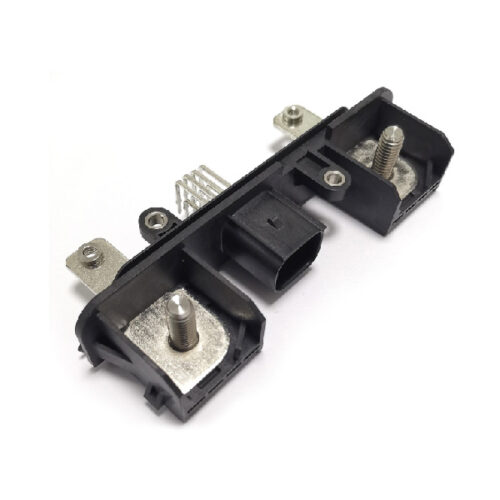
GD Series – Automotive Combined Power Connector – 2+8 Pin Hybrid Power Connector 150A 500V DC IP67 Waterproof
-

Photovoltaic connector plug
-
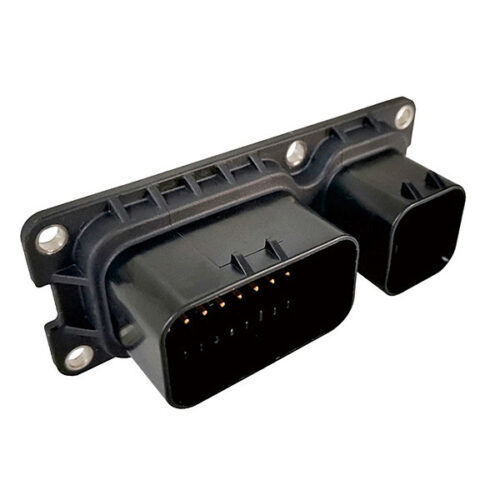
Combination connector-31 core (8+23) socket
-
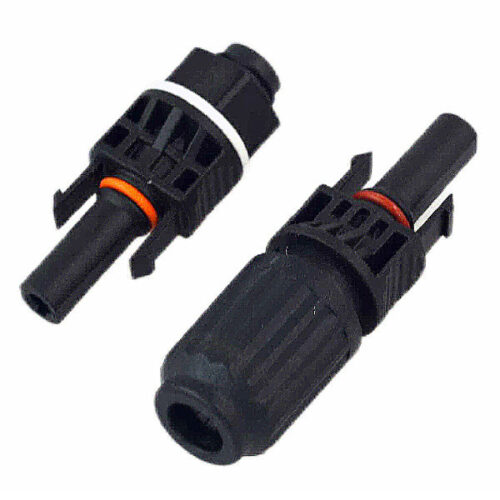
GH-Photovoltaic Connector-Plug
